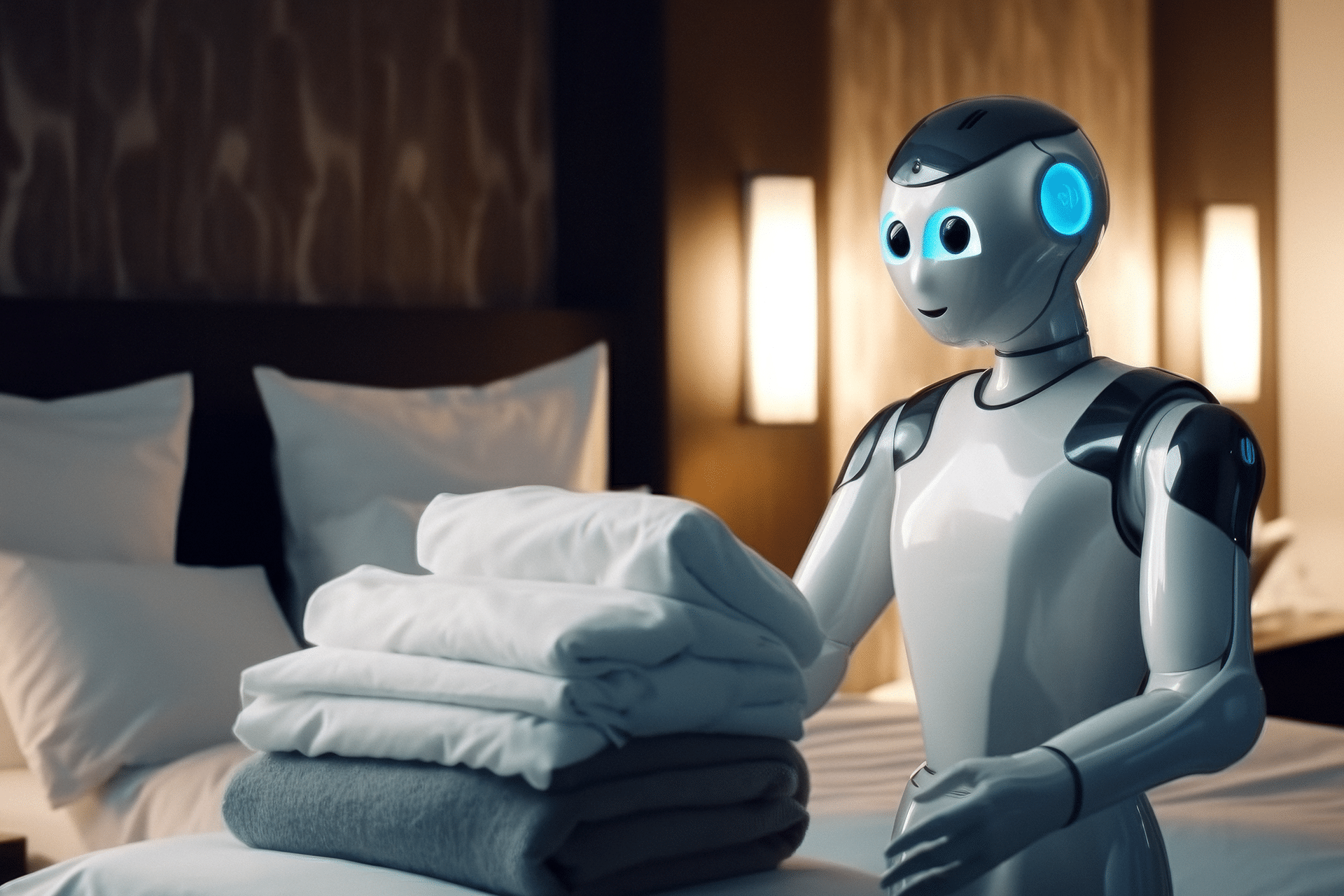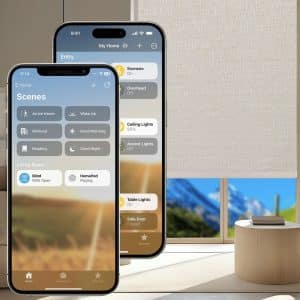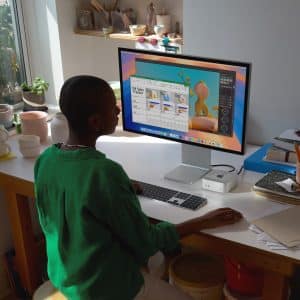The robotics team, previously housed under Giannandrea’s AI and machine learning division, is now transitioning to Apple’s hardware division. John Ternus, senior vice president of hardware engineering, brings a proven track record, having driven development for cornerstone products like the iPhone, iPad, Mac, and AirPods. Ternus already oversees a separate robotics and smart home technology group, and consolidating these teams signals Apple’s intent to scale its robotics ambitions, per Bloomberg’s reporting.
This shift comes as Giannandrea’s team grapples with challenges in delivering Apple Intelligence, the company’s suite of AI-powered features. After delays in rolling out promised Siri enhancements, Apple’s leadership is narrowing Giannandrea’s focus to core AI advancements. The reassignment reduces his team’s scope by hundreds of engineers, freeing resources to compete with rivals like Google and OpenAI in the fast-evolving AI landscape. Meanwhile, Ternus’s hardware expertise positions him to drive robotics toward tangible, market-ready products.
Inside Apple’s Robotics Vision
Apple’s robotics projects remain shrouded in secrecy, but credible reports offer glimpses into their scope. The company is exploring two primary concepts, both aimed at enhancing the smart home experience. The first is a tabletop robot featuring a movable arm paired with an iPad-style display, potentially launching between 2026 and 2027. This device could act as a smart home command center, managing tasks like video calls, home monitoring, or appliance control. The second is a mobile robot, described as an “iPad on wheels,” designed for simple queries, calls, and light tasks. Both concepts aim to blend Apple’s signature design with practical functionality for everyday users.
Kevin Lynch, renowned for leading Apple Watch development, is spearheading the robotics team under Ternus. Recent prototypes, including a lamp-like robot with lifelike movements, suggest Apple is experimenting with innovative designs that could set its devices apart in the nascent consumer robotics market. These efforts align with Apple’s history of entering new categories with polished, user-centric products, as seen with the Apple Watch and AirPods.
Why This Shift Matters for Users
For tech enthusiasts and casual users, Apple’s robotics push could usher in a new era of smart home integration. A tabletop robot might streamline control of HomeKit-enabled devices, offering a more intuitive alternative to existing hubs like the HomePod. Imagine a device that adjusts lighting, answers queries, or facilitates FaceTime calls with a simple voice command or gesture. The mobile robot, meanwhile, could enhance accessibility, bringing Apple’s ecosystem to users throughout their home—whether in the kitchen or living room.
The leadership change also reflects Apple’s broader strategy to balance innovation across its portfolio. By placing robotics under Ternus’s hardware division, Apple leverages his expertise in delivering consumer-ready devices. This move frees Giannandrea’s team to focus on refining Apple Intelligence, which will likely power the AI capabilities of these robots. For users, this could mean more seamless, intelligent interactions, provided Apple bridges its AI gap with competitors.
The Competitive Landscape
Apple’s robotics ambitions position it against rivals like Amazon, which offers the Astro home robot, and Meta, which is investing heavily in AI-powered robotics. Unlike Meta’s focus on humanoid robots, Apple is prioritizing non-humanoid designs for now, a pragmatic choice that aligns with its incremental approach to new markets. This strategy mitigates risks while allowing Apple to refine its technology before tackling more complex humanoid concepts, which remain a distant goal.
The robotics market is still emerging, with consumer adoption lagging behind industrial applications. Apple’s entry could accelerate mainstream acceptance, much like the iPhone catalyzed the smartphone era. By combining its design prowess with Ternus’s hardware leadership, Apple is well-positioned to create devices that resonate with its loyal user base.
Challenges and Opportunities
Apple faces hurdles in both robotics and AI. The delays in Apple Intelligence highlight the complexity of building competitive AI systems, and robotics introduces additional engineering challenges, from mechanical design to software integration. However, Apple’s vast resources and ecosystem give it a unique advantage. The company’s ability to integrate hardware, software, and services could yield robotics solutions that feel cohesive and intuitive, unlike fragmented offerings from competitors.
The leadership shift also signals confidence in Ternus, who is increasingly seen as a key figure in Apple’s future. His success in delivering reliable, high-quality hardware makes him a natural fit to oversee robotics, a field where precision and user experience are paramount. For Apple, the stakes are high: a successful robotics launch could cement its dominance in consumer tech, while missteps could tarnish its reputation for innovation.
Looking Ahead
Apple’s robotics efforts are still in their infancy, with commercial products years away. Yet the reassignment of leadership and resources reflects a clear commitment to this space. As prototypes evolve and Apple Intelligence matures, users can expect devices that extend Apple’s ecosystem into new dimensions of their lives.
For now, the focus is on building a foundation. Under Ternus’s guidance, Apple’s robotics team is poised to translate ambitious concepts into reality, potentially redefining the smart home by the end of the decade. Tech enthusiasts should watch closely—this could be the start of Apple’s next big leap.














